Mobile split systems: pros and cons, brands, choice, operation

Air conditioning for a house, an apartment today is far from a luxury, but a necessary condition for creating a comfortable microclimate in a home. This attribute can help out not only in the summer heat, but also in the off-season, since many modern models have heating functions. The choice of split systems is very diverse, especially with regard to the installation method. If wall systems with an outdoor and indoor unit for some reason cannot be used in your apartment, the ideal solution is a mobile split system. The portable design allows you to move the air conditioner to any desired location.

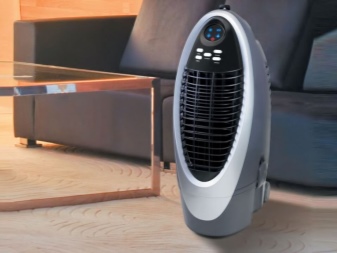
Peculiarities
The split system is one of the most popular types of household appliances today. Portable design does not require complex installation, installation can be done anywhere. Air conditioners with a remote unit require more complex installation, there are requirements for the walls, installation on a street wall can be far from simple, which increases financial costs. The mobile system can be moved from one room to another, taken to the dacha if necessary.
The very purpose of a portable air conditioner is similar to wall-mounted and other types. The main design difference is the combination of two separate elements in a monoblock - a compressor and an evaporator.
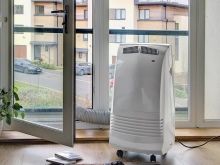
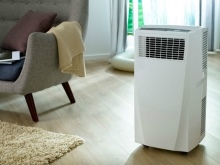
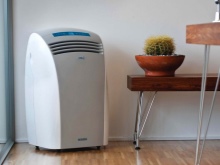
In such a device, a heater can also be placed, so that the heating function becomes quite real. The principle of operation of the monoblock:
- warm air enters the system;
- it is brought out into the street using a pipeline brought out through a window opening or a window.
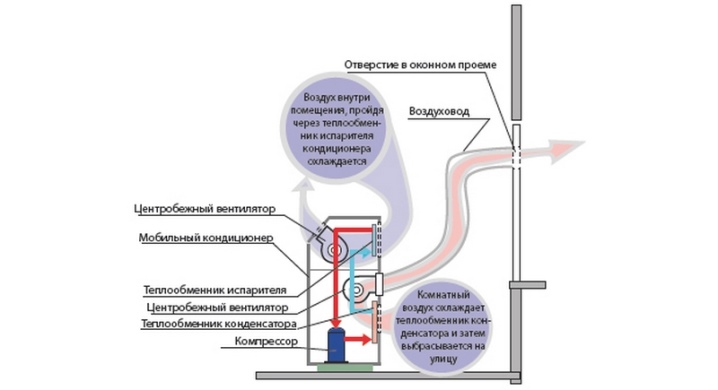
This type of air conditioner has its own characteristics that must be considered before buying:
- the presence of a compressor in the unit increases the noise level of the device, while in a stationary split system, a noisy compressor is brought out into the street;
- in the complete set of a mobile-type system, there is almost always a container for collecting condensate, you need to regularly pour out this liquid.
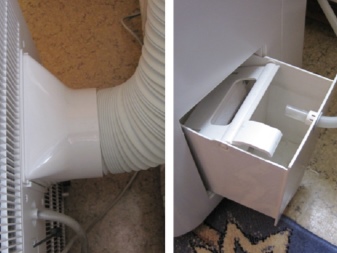
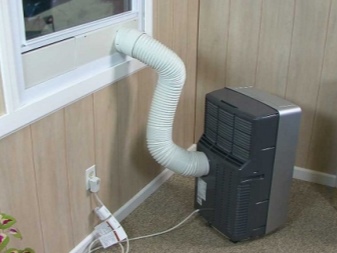
Advantages and disadvantages
All elements of the split system in the mobile version are combined in one case, which means that the design itself is much simpler. This makes it easier to install, they are much cheaper than stationary systems. You can install such a device anywhere: in an apartment, in a private house, in the country. In addition to the easy installation, the ease of transportation is also pleasing. It is enough to go to the store by car, buy a mobile air conditioner and bring it yourself. The installation of the system is carried out without the involvement of specialists.

In addition to the obvious advantages, there are a number of disadvantages that need to be considered:
- containers for condensate require constant supervision, since the liquid must be poured out, this procedure is not too frequent - two to three times a day;
- The efficiency of mobile systems is slightly lower than stationary ones;
- the device cannot be called silent;
- much less possibilities of the functional type, modes.
How to choose a portable split system?
Regardless of which manufacturer will be preferred at the time of purchase, there are parameters that are worth paying attention to.
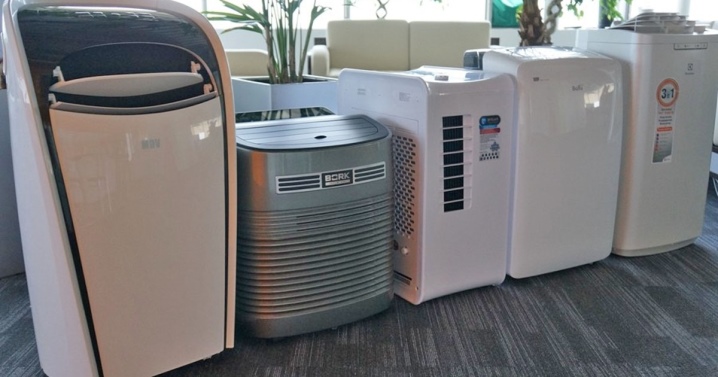
Without considering these points, the purchase can be disappointing. The power of the unit is one of the most basic criteria when choosing.
The cooling capacity must be high enough to ensure a comfortable temperature throughout the room. When calculating power, consider:
- the size of the room;
- the size of window openings, their location;
- the presence of heating equipment - TV, computer.
There is a simple method to determine the required parameters of the refrigeration capacity of the device: you need to divide the square meters of the room area by 10. The resulting figure is an approximate parameter in kilowatts. The number increases by ¼ in the following cases:
- there is a lot of heating equipment in the room;
- the direction of the windows is south;
- there are often many people in the room.
If the ceilings are of standard height, you can use the formula - one kilowatt per square meter.

In addition to power, it is necessary to evaluate the parameters of the technical spectrum: how it is controlled, are there different modes, the size of the apparatus and the room, the noise level. Most of the models include the following functionality:
- cooling;
- ventilation;
- drying;
- heating.
This is an optimal set of options that allows you to maintain a comfortable microclimate not only in hot weather, but also in the absence of heating. The more functions, the more expensive the device.
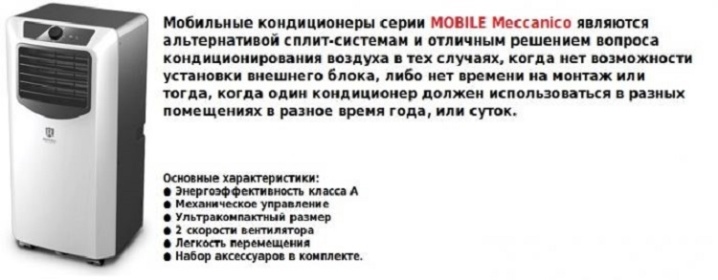
Management can be of different types:
- electromechanical, when buttons, knobs for start and stop are used, it is a simple and budget system;
- electronic, here the possibilities are somewhat more, since the control is carried out from the remote control, in such models there is a timer, a variety of control systems.
Ideally, if the temperature sensor is built into the DPU, then it is possible, being in another corner of the room, to assess the level and change the settings.
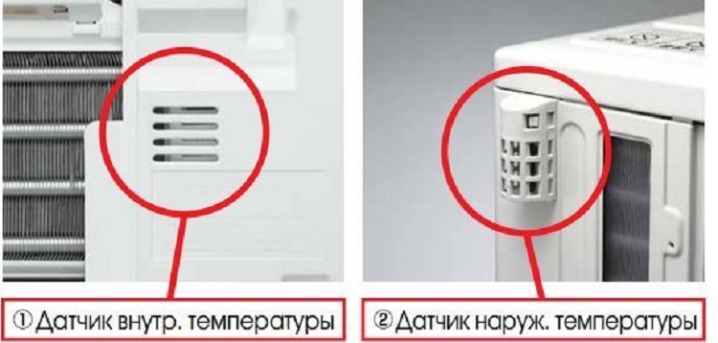
It is very important to think about where the device will be located before buying. Please note that there must be at least 30 cm between the unit and the wall. Since the monobloc design is quite noisy, this can cause additional discomfort. Some modern models have pretty good sound insulation, so when buying, you need to compare the number of declared decibels and conduct a test in the store.
Additional functionality is important, although it, as a rule, leads to an increase in the price of the model. There are options that will make the use of the air conditioner more convenient:
- automatic temperature support, when the device itself regulates the operation of the fan;
- sleep mode makes it possible to slowly cool the room almost silently;
- auto-restart will allow you to start anew after a power surge, power outages and other unforeseen circumstances;
- with a timer, you can prepare the temperature in advance or set it to turn off at night;
- flow control directs air up, down, in any direction when there is a need;
- self-diagnosis is a very important option, it will signal a malfunction in the system by sound or light.

The reliability of the system is determined by a variety of protective and monitoring functions:
- freon leak;
- current protection;
- tank filling notification.
Please be sure to check before buying:
- how stable the apparatus is;
- are all items included in the package;
- is there an air duct, fasteners;
- a warranty card, which makes it possible to save yourself from problems in the event of a breakdown.

Rating of the best models
Ballu BPAC-18CE:
- area up to 55 squares;
- noise - 54 dB;
- consumption class A;
- cooling, ventilation, drying;
- automatic cleaning of condensate;
- self-diagnosis, timer;
- auto reboot, auto mode, night mode;
- protection against leaks.
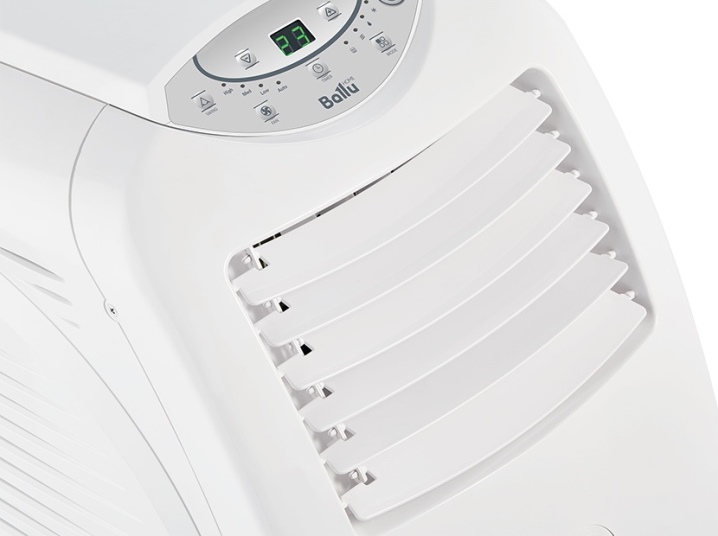
Electrolux EACM-09CG:
- maximum area up to 23 squares;
- drying, ventilation, cooling;
- noise - 46 dB;
- energy consumption class A;
- maintains the temperature;
- hibernation;
- you can control the flow.
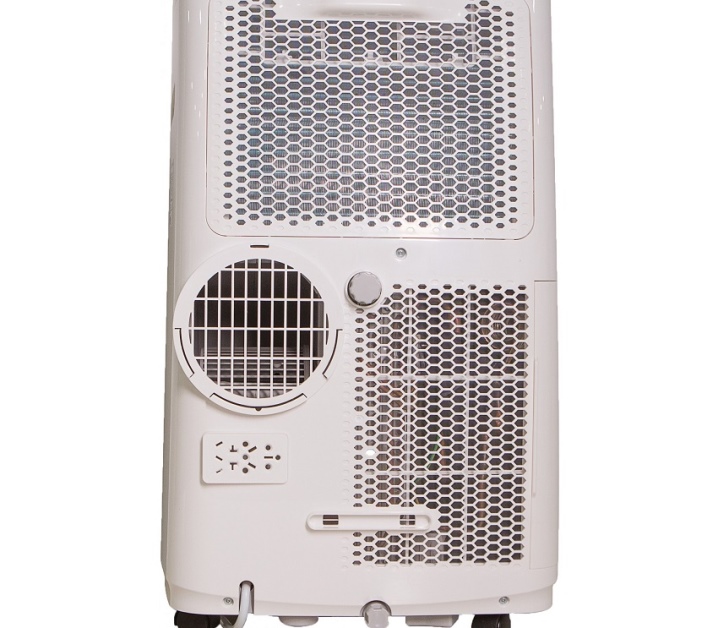
Zanussi ZACM-12 MS / N1:
- maximum area - 30 squares;
- noise - 48 dB;
- works for cooling and dehumidification;
- ventilation;
- maintaining the temperature;
- timer;
- hibernation;
- self-diagnosis;
- quickly cools the air.
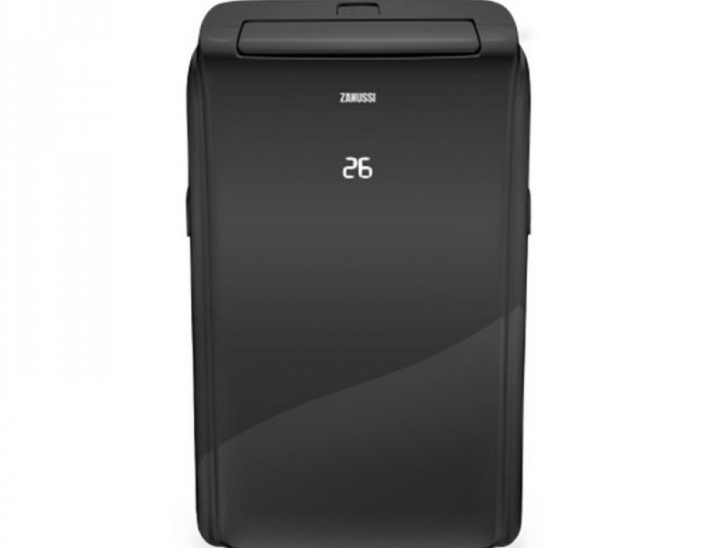
Timberk AC TIM 07C P8:
- maximum area - 20 squares;
- noise varies from 45 to 53 dB;
- consumption class A;
- lightweight, compact;
- remembers settings;
- mechanical control;
- affordable price;
- cools quickly.
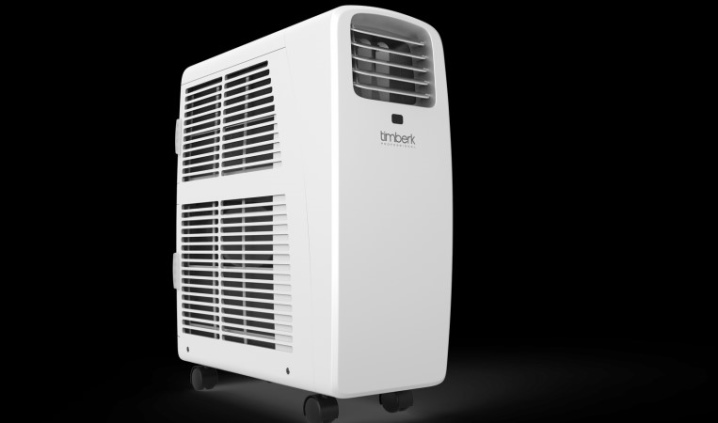
Royal Clima RM-R40CN-E:
- maximum area - 40 squares;
- noise - 65 dB;
- class A;
- self-diagnosis;
- evaporation of condensate;
- low cost.
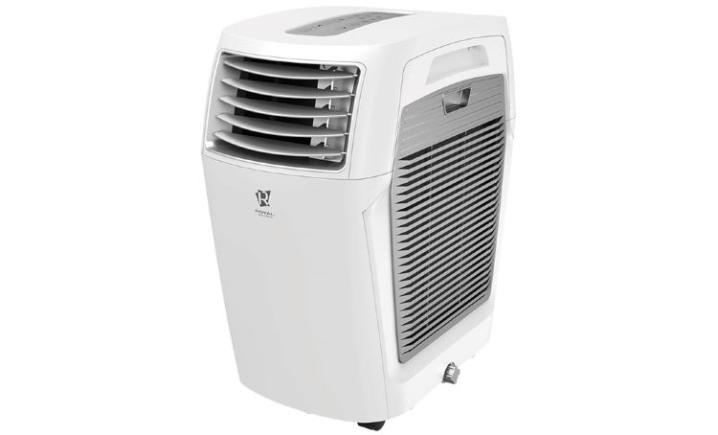
Hyundai H-AP3-09H-UI004:
- cooling, heating;
- ventilation, drying;
- noise from 46 to 52 dB;
- energy consumption class A;
- timer, automatic temperature support;
- flow regulation;
- hibernation.
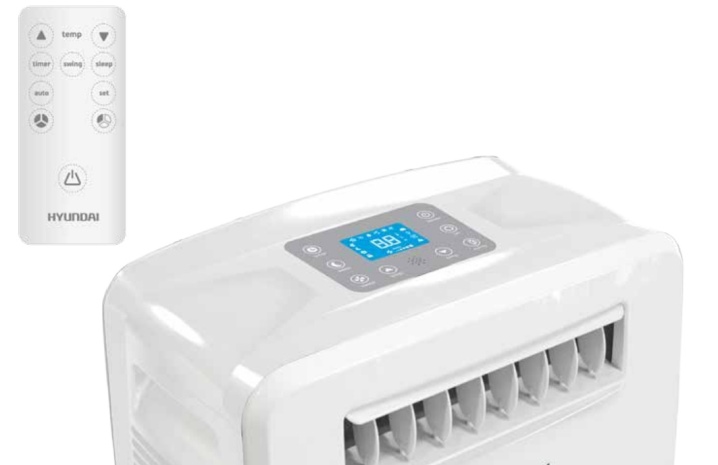
De'Longhi PAC AN110:
- maximum area up to 30 squares;
- noise - 44 dB;
- consumption class A;
- relatively light weight;
- affordable price;
- cools quickly;
- auto support.
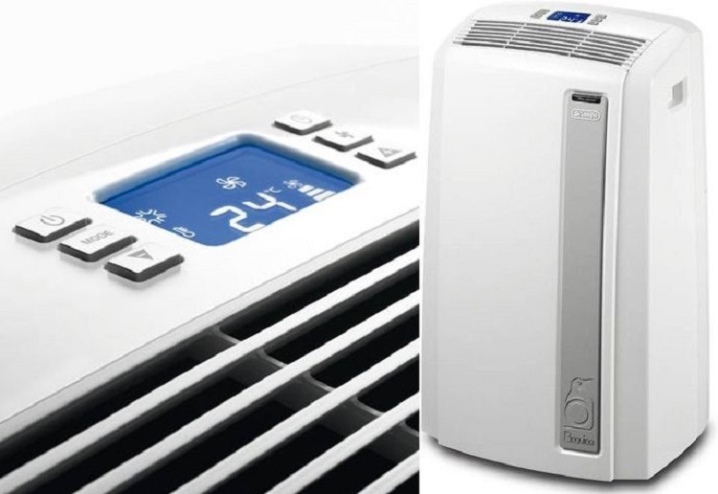
Aeronik AP-09C:
- maximum area up to 25 squares;
- cooling, drying;
- ventilation;
- noise level - 58 dB;
- energy consumption class A;
- timer, autostore settings.

General Climat GCP-09ERC1N1:
- maximum area up to 30 m;
- ice display;
- noise varies from 50 to 54 dB;
- consumption class A;
- timer;
- hibernation;
- remembers settings.
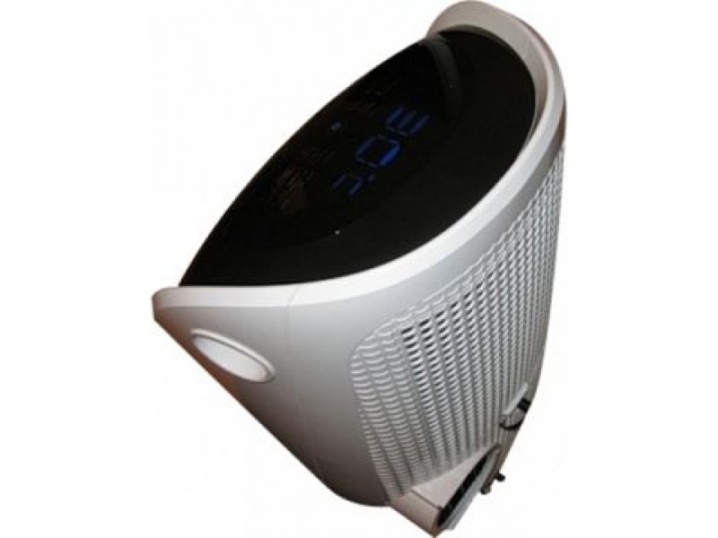
For more details about the mobile air conditioner, see below.













The comment was sent successfully.